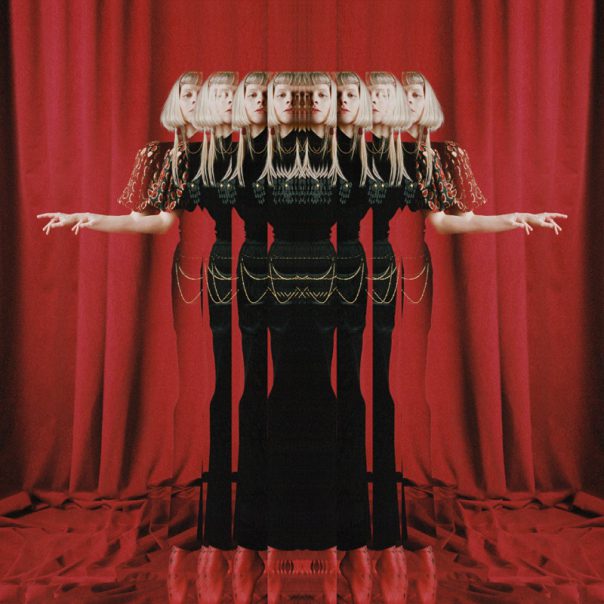“When I was four years old, they tried to test my IQ. They showed me this picture of three oranges and a pear. They asked me which one is different. It does not belong. They taught me different is wrong,” – from Ani DiFranco’s song, “IQ.”
At the beginning of the quarter, I sat in on a class that discusses gender roles.
One of the instructors asked the class what they see in themselves when they look in a mirror.
In a class consisting overwhelmingly of womyn, none of the answers were of the characterization of “what they see in themselves” but included how tired they looked and how messy their hair was. One woman said she thinks to herself, “Eh, I need to put some make-up on.”
One male student finally said, “It would suck to be a girl.”
Why do these answers come up? Why do we only see our physical flaws? Why don’t we see our own inner beauty?
According to dictionary.com, beauty is defined as a delightful quality associated with harmony of form or color, excellence of craftsmanship, truthfulness, originality. Is the word “beauty” too hard for a society to define?
Too many womyn look to the media for the female role model who represents optimal, desirable, female beauty. But we’re provided with a collage of the images of pretty girls and sexy womyn or sometimes just female body parts.
Last week, I spoke to a woman of color who owns an African cultural shop near Stanford.
She told me that she has many “beauty” magazines in her store, such as “Vogue” or “Allure,” but that she rips off the cover because all she sees on the front are skinny blondes. She doesn’t see them as beautiful.
Essayist Jill Nelson says that people develop their own language and images in order to function within their immediate field of experience. It is faulty reasoning to passively license invading foreign icons to describe and/or determine our own inner circle.
Those icons were forged by elements not necessarily present in one’s domain, and instead are in the service of that other, foreign domain.
The business of selling magazines by placing certain kinds of female images as cover seduction should not dictate the image a neighbor or a student in my school “negotiates” with to succeed as my neighbor or school companion.
In fact, logically, one can expect the discrepancy to bring about a dysfunctional awkwardness.
Why then the difficulty of keeping the domestic and foreign images apart? The media invests heavily in discovering what sells their product and what keeps them robust among other magazines. Womyn should also. They should dialogue among themselves, preferably in a place that tears off the front pages of the likes of “Vogue” or “Allure.”
We need to learn to see with more than just our eyes. Then we can teach our eyes a new definition of beauty.








